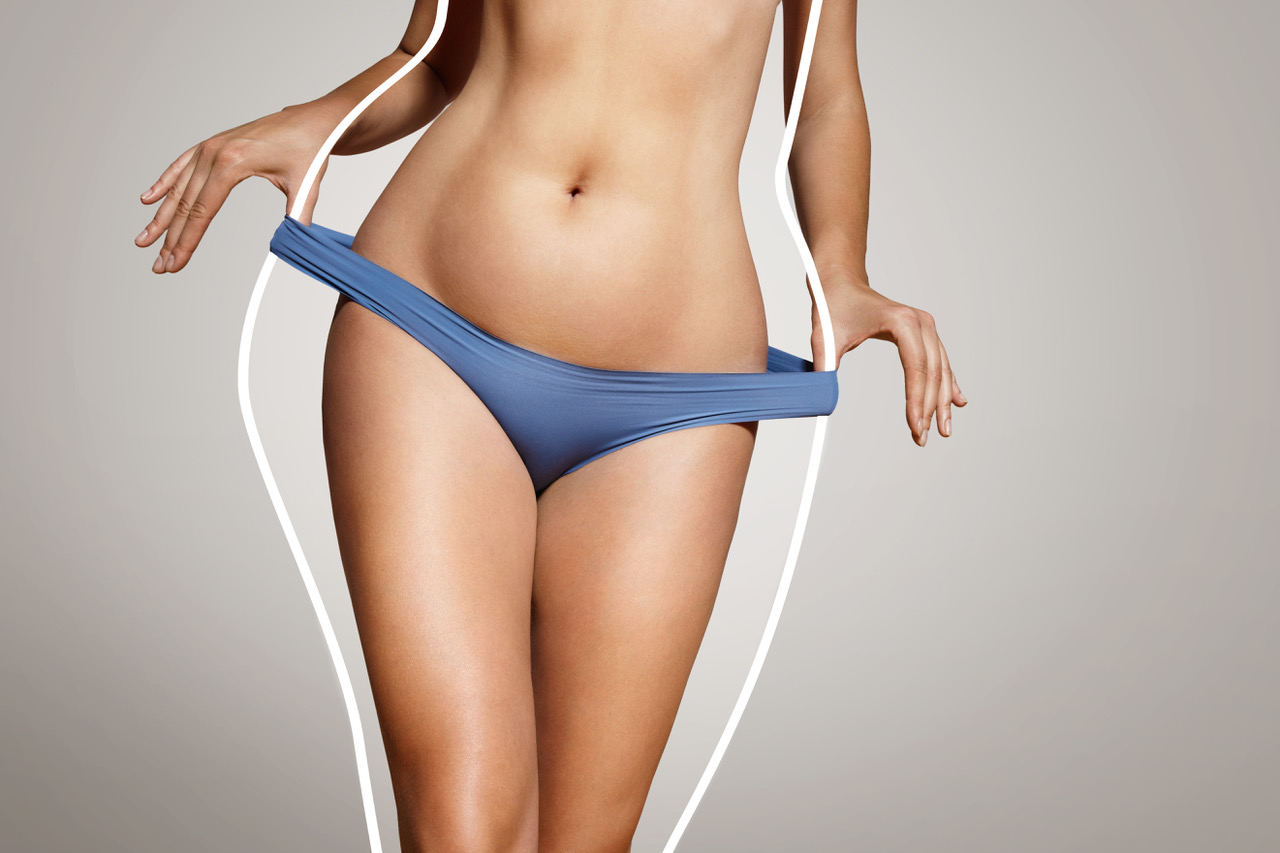GASTRIC BALLOON
The treatment of moderate or severe obesity has an innovative method to achieve weight loss. It is a minimally invasive procedure, does not require anesthesia and is highly effective in reducing the sensation of hunger and increasing satiety. Depending on the required weight loss we have three types of gastric balloons. In addition, gastric balloon techniques are included in a multidisciplinary treatment protocol to promote a change in eating habits and encourage a healthy lifestyle.
The gastric balloon is applied in cases of obesity and morbid obesity because it allows to lose weight safely without having to undergo any type of surgery.
ELIPSE GASTRIC BALLOON
Soft balloon that is placed and removed without the need for sedation or endoscopy. A capsule containing the deflated balloon attached to a thin tube is swallowed. An X-ray indicates to the doctor when the balloon is lodged in the stomach to proceed to fill it with 550 ml. of liquid. All this is done in 20 minutes.
The balloon occupies a part of the stomach causing a feeling of satiety. After 16 weeks, the balloon is emptied by a timer valve, passing into the intestinal tract, and is eliminated in a completely natural way.
6-MONTH GASTRIC BALLOON
Gastric balloon of proven efficacy indicated for weight loss of 15 to 30 kilos. Without requiring surgery, the balloon is implanted inside the stomach by means of an endoscopy. It is a minimally invasive, simple, and fast procedure that is performed on an outpatient basis. The balloon occupies a part of the stomach causing a feeling of satiety. It is worn for 6 months, after which it is removed in the same way.
12-MONTH ADJUSTABLE GASTRIC BALLOON
This innovative gastric balloon has revolutionized the treatment of obesity. The Adjustable Gastric Balloon is the only balloon that allows to extend its implantation period up to 12 months. Without requiring surgery, the balloon is implanted inside the stomach by means of an endoscopy. It is a minimally invasive, simple and quick procedure that is performed on an outpatient basis. The balloon occupies a part of the stomach causing a feeling of satiety. After 4 or 5 months, when the satiating effect begins to decrease, its size is increased endoscopically. After the sixth month, the Adjustable Gastric Balloon begins the second half of its useful life behaving like a new gastric balloon.
There are also other minimally invasive treatments to treat overweight or morbid obesity, such as the POSE Method and the Gastric Endo-sleeve
POSE METHOD
This method consists of reducing the capacity of the stomach by making a series of folds that are sutured in the gastric fundus. It is performed by means of an oral endoscopy, so it does not require incisions or cuts. It is a procedure that
lasts approximately 45 minutes, it is performed under general anesthesia and the patient remains hospitalized overnight for observation. This method is accompanied by a multidisciplinary treatment protocol to promote a change in eating habits and encourage a healthy lifestyle.
GASTRIC ENDO-SLEEVE
Gastric Endo-sleeve is a minimally invasive restrictive technique that is performed by means of an oral endoscopy. It is performed under general anesthesia and lasts about 35 minutes. The procedure consists of creating folds along the gastric body to simulate a gastric sleeve and thus reduce the capacity of the stomach. With Endo-sleeve, the gastric fundus (upper part of the stomach) is left intact, which improves postoperative reflux. This method is accompanied by a multidisciplinary treatment protocol to encourage a change in eating habits and motivate a healthy lifestyle.
LIPODIET
The Lipodiet is a slimming method based on a ketogenic diet that is complemented with specific supplements that allow you to lose weight safely and without rebound effect. The entire process is carried out under medical supervision. It is stipulated that it is possible to lose up to 7 kilos in just 21 days. The lipodiet is characterized for being extremely fast and effective to help eliminate localized fat, and it does not cause anxiety or hunger sensation.
The lipodiet is a method to lose weight through a ketogenic diet that uses specific supplements and that allows you to lose weight by losing kilos of fat.
KAI METHOD
The KAI Method is a complementary methodology that we apply to all our treatments for obesity and overweight, surgical, and non-surgical. The KAI Method works on all those emotions and habits that directly or indirectly affect the weight loss process, since it works on factors such as anxiety, motivation, stress, insecurity, and fear among others.

 English
English  Español
Español 